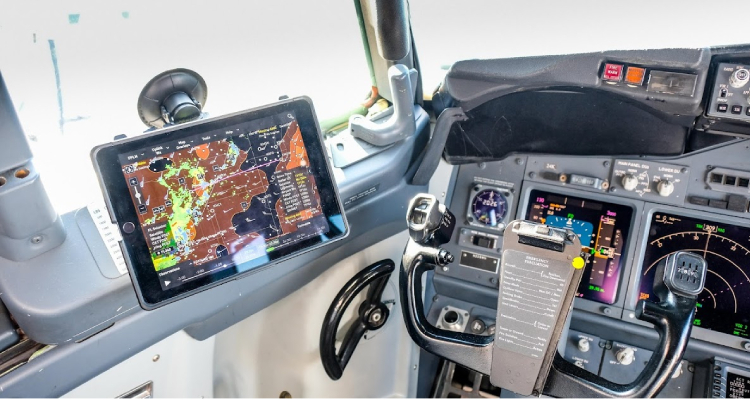
Navigating through adverse weather conditions can be a daunting task for even the most seasoned pilots. It's essential for aviators to be well-prepared and vigilant, ensuring safety remains the top priority. This article offers crucial safety tips for pilots navigating in unfavourable weather conditions.
The Importance of Weather Awareness
Weather plays a pivotal role in the realm of aviation. It affects visibility, aircraft performance, and can lead to hazardous flying conditions. Being aware of impending weather conditions and understanding how to handle them is a vital skill every pilot must master.Key Safety Tips for Pilots:
Pre-flight Weather Briefing:
Always begin with a thorough pre-flight weather briefing. Utilise reliable sources to get the most up-to-date information on expected weather conditions for your route and destination.
Know Your Aircraft's Limitations:
Each aircraft has its unique set of performance parameters. Familiarise yourself with your plane's limitations, especially concerning wind conditions, icing limits, and other weather-related factors.
Avoid Thunderstorms:
Never attempt to fly through a thunderstorm. Severe turbulence, lightning, hail, and wind shear can cause significant damage. Use onboard weather radar or other tools to circumnavigate the storm.
Manage Icing:
A build-up of ice on the aircraft can drastically affect its performance. Equip your aircraft with de-icing or anti-icing systems, and always monitor for icing conditions.
Utilise Onboard Equipment:
Modern aircraft are equipped with a range of devices like weather radars, storm scopes, and satellite communication. Use these tools to stay informed and make sound decisions.
Maintain Safe Altitudes:
Flying at a safe altitude gives you time and options in case of unexpected weather changes. Remember the adage: 'altitude is your friend'.
Stay in Communication:
Always keep in touch with air traffic control (ATC). They can provide real-time weather updates, reroute you if necessary, and offer assistance in emergencies.
Trust Your Training:
In challenging conditions, rely on your training and experience. Stay calm, methodical, and avoid making rushed decisions.
The Importance of Continuous Learning
Weather patterns are dynamic and can change rapidly. Regularly refreshing your knowledge through training courses and workshops is vital. Many aviation schools offer specific training sessions on adverse weather navigation.
Frequently Asked Questions
Why is a pre-flight weather briefing essential?
A pre-flight weather briefing provides pilots with the latest information on expected conditions, allowing for better planning and risk assessment.
What should pilots do if caught in unexpected severe weather?
Pilots should maintain communication with ATC, utilise onboard weather tools, and rely on their training to make informed decisions.
How can pilots keep their weather navigation skills sharp?
Regular training, workshops, and courses focused on adverse weather navigation can help pilots stay updated and refine their skills.
Conclusion
While adverse weather conditions can be challenging, they are not insurmountable. By adhering to the safety tips outlined above and trusting your training, you can ensure your flights remain safe and successful, regardless of the weather.
